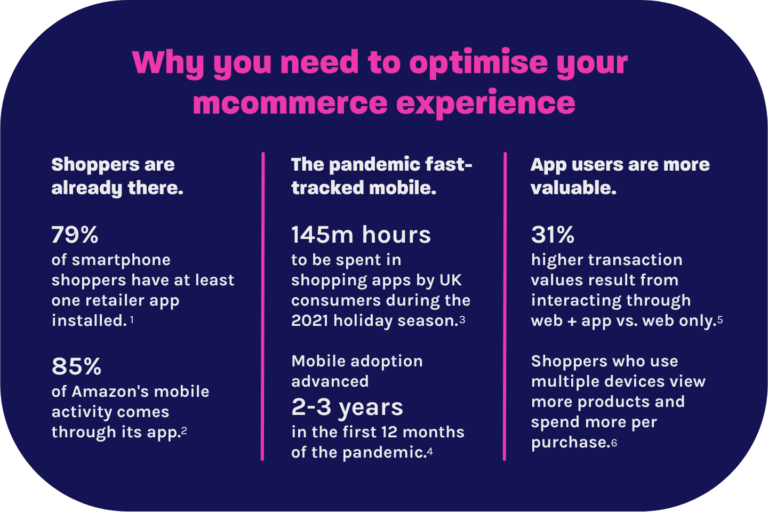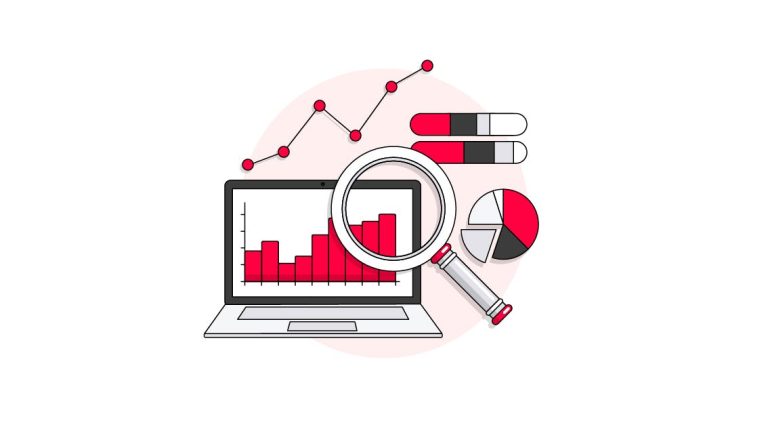
It allows marketers to engage customers and positively influence brand opinion, with consumers spending an average of 67 seconds engaging with a branded game powered by Leadfamly.
Key takeaways about the impact of game mechanics in marketing:
One way of meeting this need for reward is by introducing game mechanics into the marketing mix. It not only taps into the innate motivation to play and engage but also gives the consumers the reward they are looking for – whether intrinsic (for example playing for fun) or extrinsic (for example playing for a prize).
And that minute or so of engagement with the consumer gives you the time and ability to be heard amid the noise.
How do you get consumers to listen?
Although we may assume that consumers want to play less the older they get, this isn’t the case. Consumers aged 55+ are 65% more likely to click a gamified ad, as compared to a normal ad, while consumers aged 18-34 were only 48% more likely to do so.
The game module is now the second most used feature of the retailer’s app and almost 13 million minutes have been spent by customers on various games. It’s also driven footfall, with 1.1 million samples picked up instore in 2020, driven by game campaigns.
But they don’t need to look far to realise that many are not listening.
It’s not only the willingness to click that is boosted but also the subsequent impression that such ads leave. A third of consumers said that game mechanics in marketing help to improve brand opinion, particularly among younger customers, where 45% of 18–34-year old’s said that games positively influenced their opinion of a brand.
Consumers are more likely to click a gamified ad compared to a normal one
Although there are subtle differences in how well it’s embraced by consumers by age, gender and location the Leadfamly research is proof that game mechanics in marketing work for all.
Consumers need to be convinced there is something in it for them – to persuade them to share the first-party data on which brands will increasingly rely as third-party cookies die a death.
As well as enabling greater data collection there are other benefits for the marketer from gamification as a marketing strategy for 2022. When engaging with a game experience, the consumer enters an alert state of mind and becomes more open to marketing messages. They are more likely to click a gamified ad, 56% more likely in fact, as compared to a normal advert.
Games don’t have to be high stakes – in fact, they can be just for fun
In the research, four out of 10 consumers (41%) said they were open to sharing data and preferences through gamification (for example through a quiz) if it meant they got better offers from a brand in the future.
But that’s easier said than done, with consumers reluctant to share unless they receive something in exchange. In a YouGov survey of 5,000 consumers across the UK, US, Netherlands, Scandinavia and Finland commissioned by Leadfamly, consumers admitted they were more willing to share when there was a reward for doing so.
An example of a popular incentive used in gamification is that of a discount code, for example, earned through a spin the wheel game. The psychological impact of playing for a prize is surprisingly powerful. More than half (51%) of respondents said that winning a prize or voucher from a game feels more valuable than a coupon code available to all. The reward has a deeper impact because it’s been earned.
High on the 2022 agenda for many marketers is communicating more directly with potential customers.
How Carlsberg and Coop used marketing gamification to boost customer conversations
In 2021 Carlsberg used Leadfamly to support a Euro2020 marketing campaign, in which limited-edition beer cans sold during the tournament featured a hidden prize code that could win them fan merchandise.
While prizes or discounts are popular, emotional reward can be as powerful a motivator, tapping into the five game mechanics that are used at Leadfamly: challenge, reward, mirroring, compete and having fun. For instance, 22% of consumers just want to play for fun and 10% want a sense of accomplishment from completing a challenge.
The Lucky Number game saw redemption rates twice as high as other code-on-pack campaigns, as well as a high time-spend at the website. The use of the platform also ensured that the campaign ran smoothly, according to Carlsberg’s media and digital manager Allard de Wijkerslooth. “The Leadfamly platform has given us a clear competitive advantage. Without it, the campaign would have taken too much time, been too difficult, and we would have risked operational problems and breakdowns during the campaign,” he said.
Gamification offers rewards for the consumer and the marketer as it draws the customer in. And the rewards earned by the consumer only help to engage them further with the brand.
Be listened to
At Denmark’s largest consumer goods retailer Coop, the company has seen similar success using gamification to get its voice heard. The company has run a series of game campaigns, with a two games a week strategy, that have boosted existing customer relationships and spending, attracted new customers and also allowed it to nurture relationships with its FMCG brand partners.
The survey also showed that physical prizes or online discounts are powerful motivators that work best when the probability of winning is greater. More than half of consumers (56%) want to play for physical prizes and while many would relish a prize such as a car, they realise the chance of winning is slim. Instead, they are more interested in options such as 20% off their next purchase, where there is a higher chance of winning.
With consumers experiencing marketing message overload and hyper-aware of the value of their data, getting heard as a marketer is tough.
Understanding the impact of play
This was even more important for younger customers, with 18–34-year-olds 57% more likely to share data than the 55 and overs.
- Consumers are more likely to click a gamified ad compared to a normal one
- Game mechanics in marketing help surface valuable customer data
- Games don’t have to be high stakes – in fact, they can be just for fun
- Understanding engagement by demographics will help you design campaigns for maximum impact






